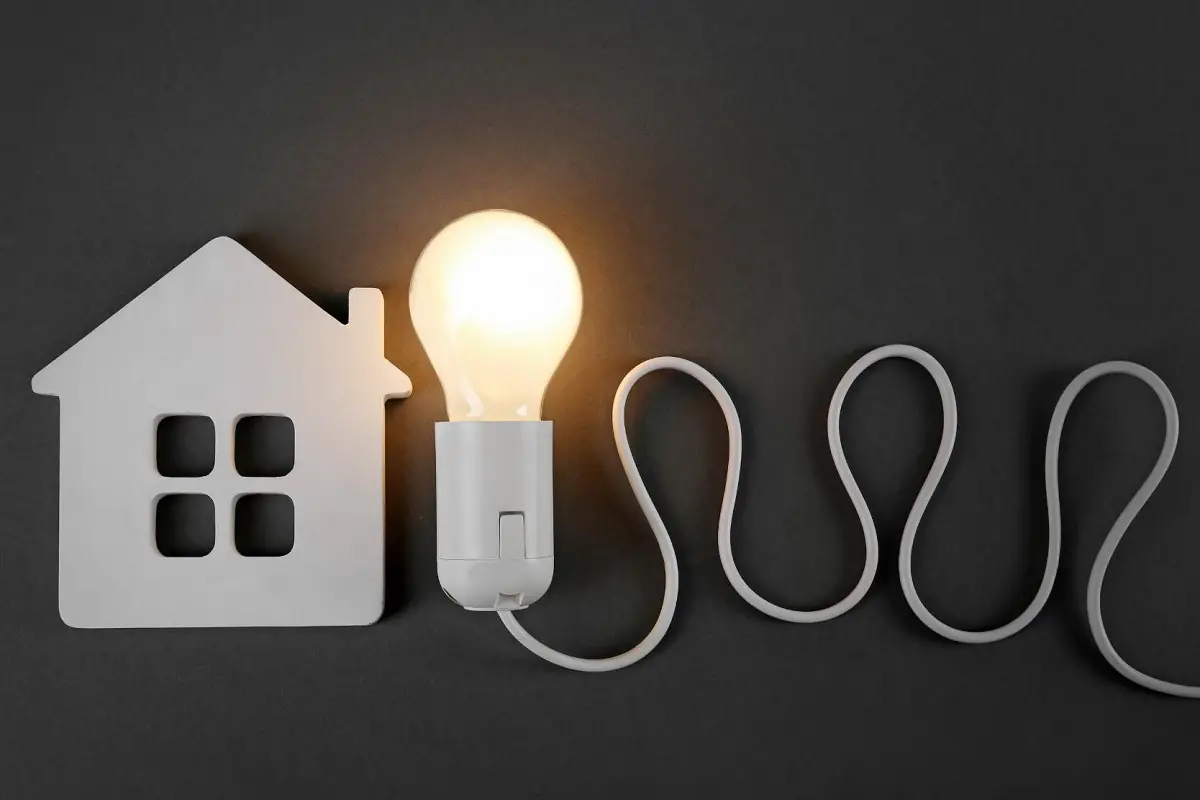In today’s modern world, energy is critical to have for homes and businesses. However, it must be of high enough quantity and be reliable. This is where a backup power unit can really come in handy. If you live in an area that is prone to severe weather, it is essential to have a backup power source. Here are 5 types of backup power you can get now for your home.
1. Portable Generators
Portable generators are very good for being mobile and useful when you need them. Backup power is an important aspect of these generators. An ordinary home uses roughly 10,000-kilowatt hours (kWh) of electricity per year (or about 830 kWh per month).
Portable generators can be used to provide power for your home in the event of a major storm or power outage. Portable generators are usually gas-powered. They are typically small and easy to transport, making them ideal for camping or tailgating.
When choosing a portable generator, it’s important to consider its output capacity. This is measured in watts and will determine how much power the generator can provide.
Portable generators come in sizes of:
- Small – 2.0 – 2.4 kW: These are great for short-term emergency power and for connecting power tools on jobs away from a power source.
- Medium – 3.0 – 5.5 kW: These are great for attaching larger power tools and supplying backup power to medium-sized homes.
- Large – 6 – 12 kW: These are big enough to provide power for a mobile trailer or RV, as well as a medium-sized home. More tools and attachments can be connected to large generators due to increased outlet configurations.

2. Solar Panels And Inverter
Before discussing this option, it’s necessary to define what an inverter is. It is a converter that transforms direct current (DC) into alternate current (AC). Solar panels produce energy in DC and since most homes use AC, a converter is needed.
Solar panels and inverters are good for storing energy produced by the sun. If you live in a sunny climate, solar panels work very well. They can power your entire home in the event of a power outage. Many people choose to back up their entire homes with solar panels and inverters, rather than just backup power for essential appliances. There are a few things you should know about solar panels and inverters before you purchase them.
Solar panels can be installed on the following:
- Entire roof
- Part of roof
- Attached to a tower, shed, or jacuzzi roof
- Attached atop a motorhome or caravan.
Solar panels come in different sizes, including:
- 60 – cell: 39 inch (W) x 66 inch (L)
- 72 – cell: 39 inch (W) x 77 inch (L)
- 96 – cell: 41 inch (W) x 62 inch (L)
The sizes of solar panels vary from one manufacturer to another. Some stick to standard sizes, while others have their own custom sizing options.
3. Standby Generators
Standby generators are different from portable generators, in that they are usually fixed in place. They are placed on a concrete pad located just outside the home or facility.
Standby generators can provide enough energy to power your home when you need them. They are a great backup power source for when the power goes out and can help you stay comfortable during a power outage.
Standby generators usually are available in three different types:
- Natural gas
- Diesel
- Liquid propane gas
Standby generators also come in sizes of:
- 2000 to 4000 – watt generator: Good enough for a 1500-square-foot home.
- 7,000 to 8,000 – watt generator: Great for 2000 square foot houses.
- 8000 to 10000 – watt generator: Big enough for a 3000-square-foot home.
You can also have two or more connected generators (parallel units) installed on your property if a single large one is not to your liking. Standby generators start running automatically when the power goes out so you don’t have to worry about turning them on.
4. Home Battery
Home batteries are a new product that has come on the market in recent years. They are big enough to store power for backup power during a power outage. Home batteries can help you save money on your electric bill, and they are also environmentally friendly. Backup batteries are often used in conjunction with backup generators to provide even more backup power.\
Battery chemistries are usually 1 of these:
- Lithium Nickel Manganese Cobalt (NMC)
- Lithium-Ion
There are many different home battery systems to choose from, so it is important to do your research before purchasing one.
5. Wind Turbines
Small wind turbines can be purchased and installed on your property or attached to your home. These backup power sources typically range in size from 400 watts to one megawatt. When the wind blows, the turbine’s blades spin and generate electricity that is stored in batteries. The average home wind turbine produces enough electricity to power a typical household for two to three days during a power outage.
Wind turbines come in sizes:
- 20 – 500 watts: Good for charging recreational vehicles.
- 1 – 10 kilowatts: Pumping water.
- 10 – 100 kilowatts: Regular-sized homes and other large loads.
If you live in a windy area, a wind turbine could be a good option for your home.
To Close
Backup power is critical to have in emergencies when the power goes out. With plenty of options available to choose from, one can surely meet your needs.
